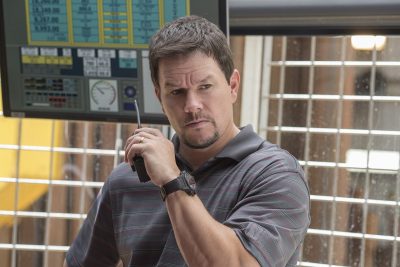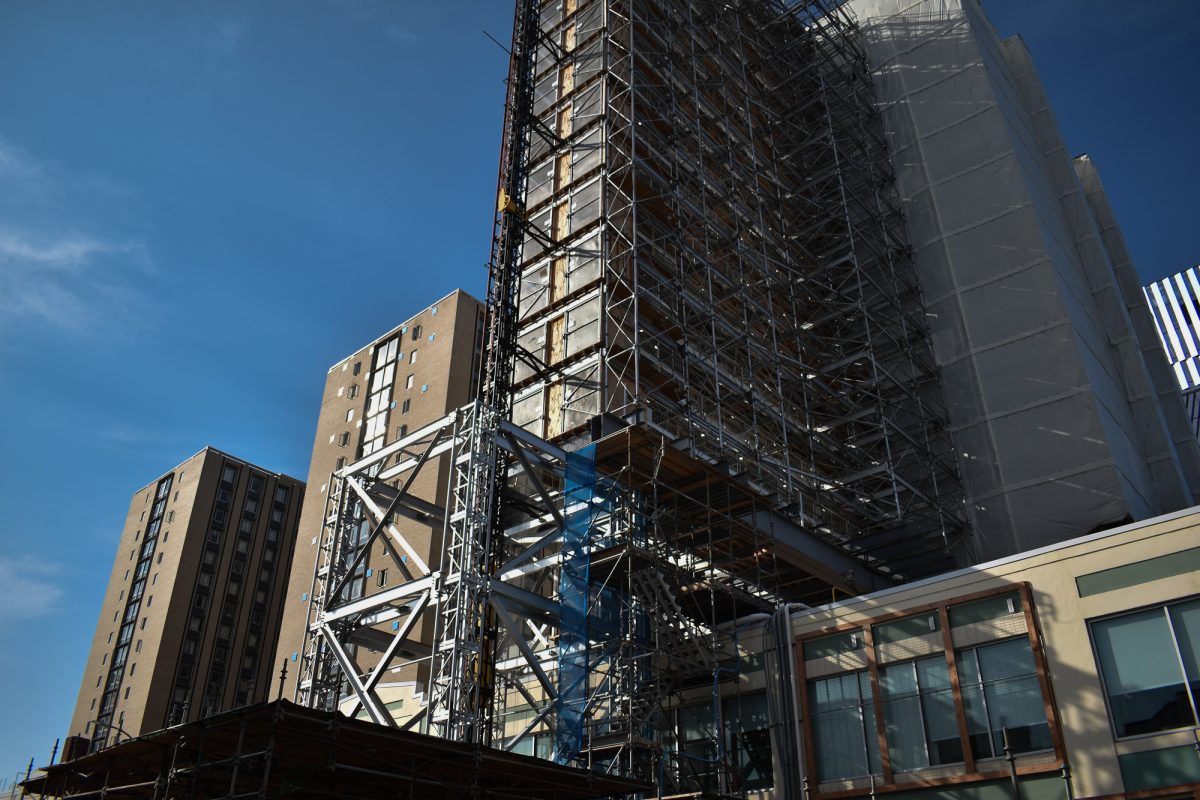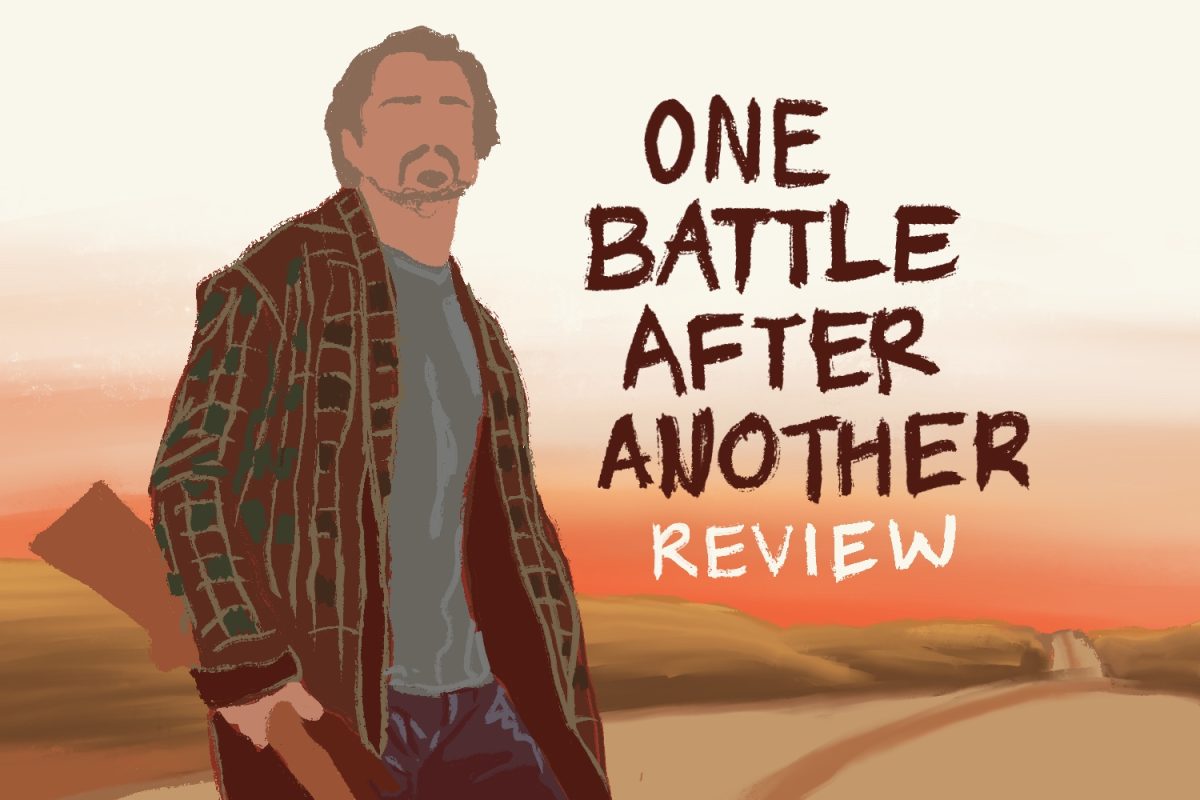
In 2010, it sparked the greatest marine disaster in U.S. history. This Friday, it becomes an Oscar contender.
The film “Deepwater Horizon” tells the story of the oil rig by the same name whose explosion and subsequent sinking led to the notorious BP oil spill of 2010. Staring Mark Wahlberg, Kate Hudson, Kurt Russell, Gina Rodriguez, John Malkovich and Dylan O’Brien, this movie is absolutely brilliant and arguably one of the most defining films of our generation.
The film opens with the main characters Mike Williams (Wahlberg) and Andrea Fleytas (Rodriquez) starting their morning. Mike kisses his daughter and wife (Hudson) goodbye as he heads off to work while Andrea’s car doesn’t start so she catches a ride with her boyfriend. Both are headed to catch the helicopter to Deepwater Horizon and meet up with the rest of the crew.
The scenes are typical of any movie opening, however, there is a palpable tension from the very beginning created from the dramatic irony: the audience knows people are going to die on the Deepwater Horizon, but the characters do not. This irony increases as the audience is shown the current underwater images of the rig’s cracking infrastructure. Visiting BP Rig Supervisor Donald Vidrine (Malkovich) argues with Instillation Manager Jimmy “Mr. Jimmy” Harrell (Russell) on when to start drilling to avoid wasting time and money.
While the film is advertised as a thriller, it had the momentum of a feel-good romantic comedy before the actual explosion of the oil rig. Caleb Holloway (O’Brien) cracks jokes with his fellow crew members and Andrea engages in flirtatious banter with a coworker. With the tension rising both from the dramatic irony of the situation between BP’s corporate pressure to drill and the created tension from Mr. Jimmy’s insistence on testing safety before drilling occurs, the story reaches its climax and turns the plot into an action-packed thriller.
Cinematography of this film is stunning in the most nontraditional way imaginable. The classically picturesque wide shots of the oil rig surrounded by crystal blue ocean water and the high resolution underwater camera images of the pipeline sharply contrast that of the character dialogue in the film.
Rather than focusing on perfect image quality, dialogue is shot in a similar style to that of NBC’s “The Office,” with imperfect camera movements and close-up shots of each character that shift from person to person with every exchange. While “The Office” uses this film style to enhance the comedic elements of the script, “Deepwater Horizon” director Peter Berg appears to utilize this technique to develop a connection with the audience to each individual character, as if they are having a personal conversation.
Similar to the momentum of the plot, once the explosion occurs on Deepwater Horizon, the cinematography shifts drastically. Chaos and instability ensue in the background of each scene and the dialogue between characters shifts to feature medium shots from the waist up with character frames shot with a more stable hand.
While this film has the potential to be a cheesy feel-good action film, the screenplay is so natural and well-written, and every actor’s performance is effortlessly executed that the audience is left feeling nothing but every emotion known to man. This is the kind of movie that screams “Oscar nomination,” if not for the entire cast in every category, then at least for both Mark Wahlberg and Gina Rodriquez for Best Actor and Actress, respectively.
The BP oil spill occurred on April 20, 2010. Most of the public is unaware of the people who experienced the spill from the rig. C-SPAN clips of survivors testifying and real images of the Deepwater Horizon oil rig run after the film ends, solidifying the idea that this is another event that should not be forgotten.















































































































